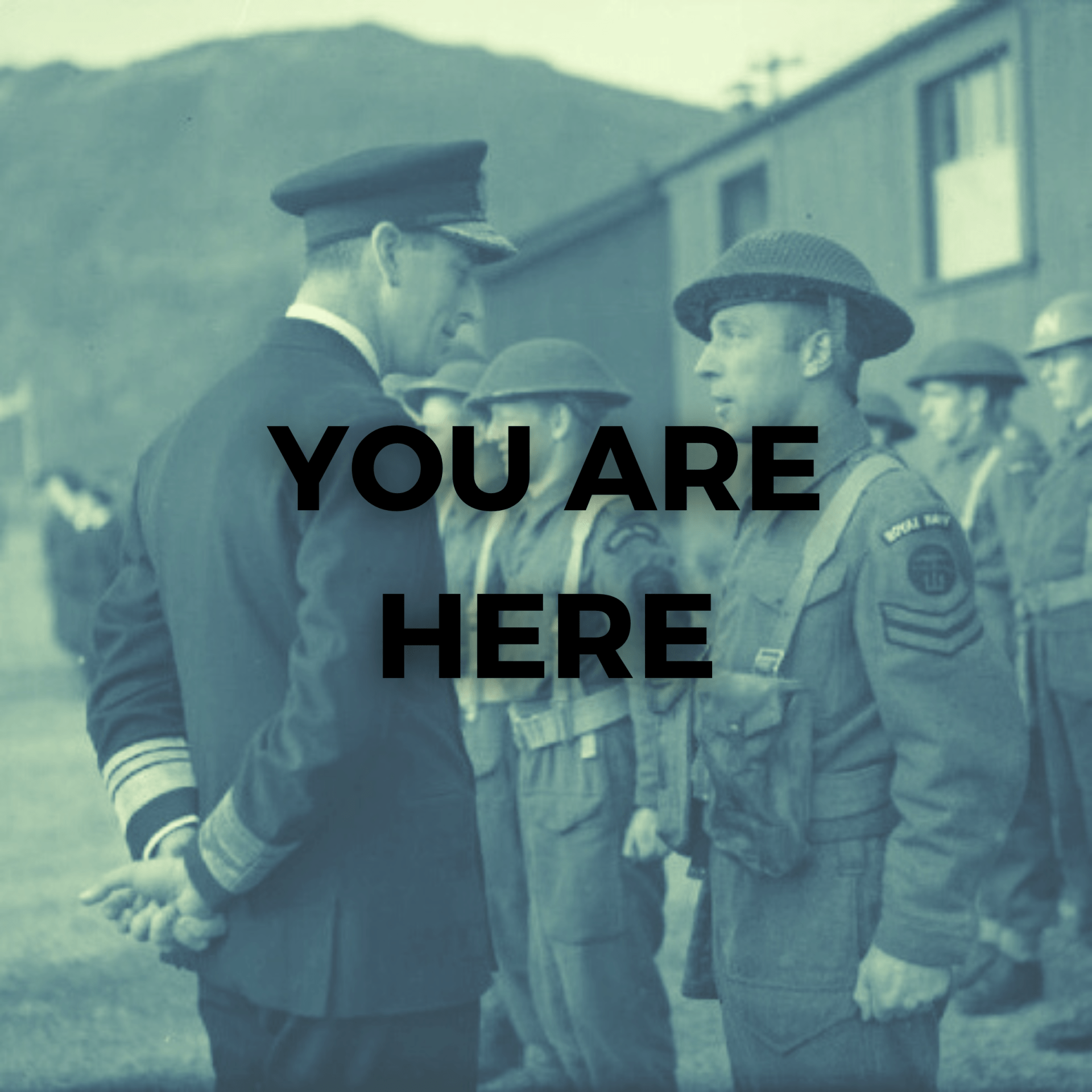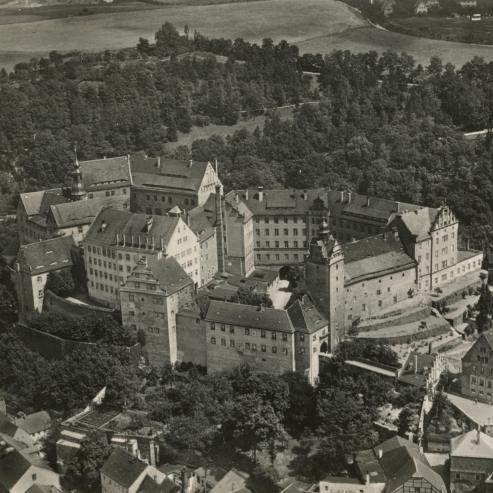OPENING A SECOND FRONT
AN ISOLATED GREAT BRITAIN
In 1942, the Allies’ military situation looked bleak. France was occupied by the German military administration, Africa and the Mediterranean were being attacked by Italy, and all Western colonies in Asia had been conquered by Japan. Meanwhile, the Soviet Union was being invaded by Germany through bloody battles. Although the United States had finally entered the war, it was slow to mobilize on the European front.
From occupied France, the German armed forces (or Wehrmacht) led many attacks on the British Isles, whose main cities were bombed repeatedly. For Prime Minister Winston Churchill, a counter-attack against German troops was imperative to boost the morale of the British and Canadian soldiers who had been garrisoned in Great Britain since 1940. Many men felt powerless watching from the sidelines as the war played out.
Churchill also wanted to show his allies, and particularly the Soviet Union, that Great Britain could fight the Axis forces. He launched the strategy to open up a second front in Europe by organizing multiple raids on the German-occupied coasts.
“But if I left you to go to war, it certainly wasn’t to come and do garrison duty in England. And this feeling of being a spectator in uniform to an action that doesn’t often go our way is depressing.”, Andre Vennat, Fusilier Mont-Royal, to his wife in Quebec.
“What is a military occupation?”
A military occupation is when an army takes over a territory by force. Germany’s military had occupied the northern part of France and managed the State’s affairs starting in 1940. The Vichy regime led by Philippe Pétain administered the “free zone” to the south (source: Bundesarchiv).
“What is a raid?”
A raid is a rapid military operation with a specific goal to enter enemy territory, destroy targets, and gather information for future operations. Unlike a landing, a raid is not meant to conquer territory; the aim is to get in, destabilize the enemy, and get out (source: Imperial War Museums).
WHO ORGANIZED THE RAIDS?
The Combined Operations Headquarters (COHQ) was the department founded at Churchill’s request to open a second front in Western Europe. With generals from the British air force, navy and ground forces, the COHQ organized raids in order to sow terror among the German forces. After a series of successful small strikes, the COHQ began organizing a large amphibious operation on the Dieppe beaches in France. First code-named Operation Rutter, the operation was finally called Operation Jubilee after being cancelled a first time.
“Jubilee marks a change in scale and nature of the raids, as we move from interventions mobilizing a few hundred commandos to an operation involving thousands of regular soldiers.”, Béatrice Richard, historian.
“What is an amphibious operation?”
An amphibious operation is an offensive military tactic that involves combined types of forces to achieve a common goal. For example, a beach landing with both navy and infantry is considered an amphibious operation.
THE PLAN
The goal of the raid was to capture the port of Dieppe, gather information about the German defences in France, and then withdraw. With 250 ships, 74 air squadrons and over 6,000 troops, Operation Jubilee was the war’s largest raid up to that point. Although most of the infantry were Canadian, their ranks included many British, American, French and Polish soldiers. This made for an incredible assortment of combatants, planes and naval vessels that were mobilized for the raid.















